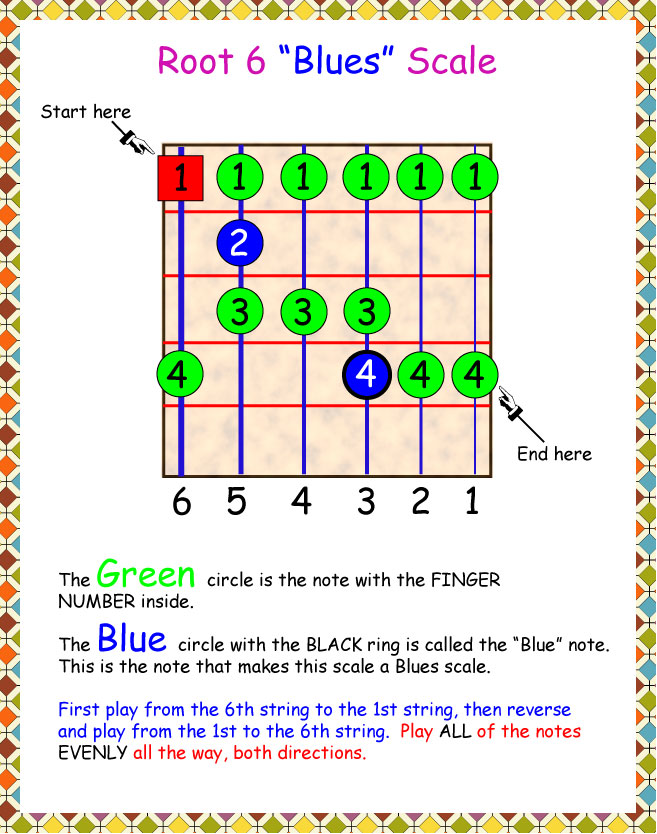Guitar Classes London
Guitar Classes
Love Music Play Guitar With London Guitar Academy and our FREE jam tracks!
Besides writing and playing songs I just love improvising.
When I practice improvising I always first pour myself a cup of green tea, I put on some Blues music (e.g. BB King, Muddy Waters, Rolling Stones, Albert King, etc.) on Last.fm or Spotify.com and then I start to improvise over these songs. I get totally caught up in the moment and let my fingers carry me away.
Other times I practice melodic patterns, triads, arpeggios, licks, everything that will spice up my improvisation skills. You can never stop growing. There is always more to learn and explore.
Improvising is one of the most fun and fulfilling aspects of guitar playing, but also something that requires a lot of hard work and dedication. It’s the next step in becoming a better guitar player.
Here are some basic essentials that will help you become a better improviser.
1 – Pentatonics
Learn to play the pentatonic/blues scale all over the neck in all five shapes. This will take a while, but be patient and persistent. It’s good for you. The pentatonic scale is the corner stone of all soloing in blues, pop, country, rock and metal. Learn not only the scale, but also how to use it for improvisation.
The Blues Scale
What many novice guitarists don’t realize is that improvising (also referred to as “soloing”) does not involve playing a series of random notes, in the hopes that they will sound great together. Rather, guitarists generally draw their guitar solos from a scale, using it as a template to improvise with. The Blues Scale (seen in the image ), despite it’s name, is a scale which is used extensively in all styles of guitar solos.
Practice the scale forwards and backwards, using alternate picking, making sure to play each note cleanly and evenly. Next, try playing each note twice before moving to the next note. Invent different ways to play the scale that will challenge yourself technically.
To use the blues scale, play it so that the root of the scale (marked in red on the diagram) starts on the letter name of the scale you want to play. (If you haven’t memorised the note names on the 6th string of the guitar, you’ll want to spend some time learning the Fretboard.) For example, to play a C blues scale, find the note C on the sixth string (8th fret) and start the scale there.
Have fun and if your looking for guitar lessons in London you’ve come to the right place!









